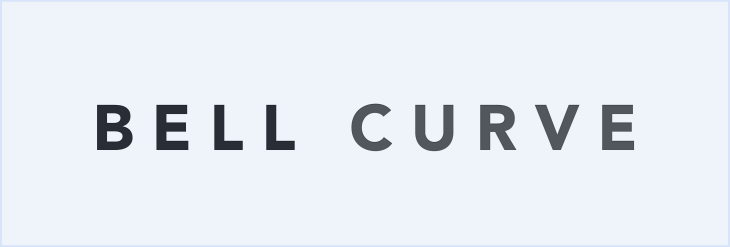Success Story of Cloudian, a Data Storage Company, Co-founded by Hiroshi Ohta
The advancement of technology is providing us with stairway to a new world. Every day, every second, our world is changing. New gadgets and new phenomenons are discovered daily. The path, that we have chosen for modernizing our world, depends vividly on data. Today, everything that we do, from launching a website to posting a picture on our Instagram account, data is needed. And, after a few decades, our world will reach a certain position where the development of every nation will be decided by the amount of data one can store or have access to.
And, speaking of data, as such an integral part of the modern sphere, it is definitely necessary to mention Hiroshi Ohta. Hiroshi Ohta, along with Michael Tso founded Cloudian, a company that brought innovation in the data storage system. Founded in 2011, the company has its headquarters based in San Mateo, California, United States.
The main product of Cloudian is object storage software that was built for big enterprises as with new software and applications from a huge number of companies made data storage really tough and complex. So, an easy to use data storage system was the cry of the hour.
The Idea Behind Cloudian

Before Hiroshi Ohta came up with the idea of building his own company, he used to work at J-Phone. It is a telecom operator company, based in Japan, where Ohta was in charge of service development. During his time in this mobile company, he pioneered many skills and also provided the base for “Sha-Mail”, first mail in the world with pictorial advantage. Since he worked in the sector of communication, Ohta spotted a significant increase of users in the telecommunication world, and this resulted in the gathering of data in networks.
With an increase in the number of smartphones, laptops, and tablet in today’s world, the audience might likely run out of data and need to pay for storage. And, if such a situation arrives, where data becomes an integral part of our basic requirements, then it definitely has to be affordable. Thinking about this, Ohta decided to quit the company and built data storage product for the traffic insanely driving to the cloud world. He started working on Cloudian Hyperstore software (a software having Amazon S3 support).
Why Object Storage Technology?
The biggest advantage of this kind of storage software technology is that you can store and have access to data irrespective of your geographical location. Previously, the software that had been created by many companies only limited the scope of accessing data from nowhere, but the data centres. But, Ohta undoubtedly solved this problem through Cloudian software.
Another big problem that started arising was the cost of maintenance because some software programs were targeted to increase the data volume. This increased the cost of storage and got off track from one of the data storage’s biggest goal, that is being economical.
Cloudian’s products solve both the major problems, along with keeping the quality of products high. From media to medical school, every institution, company, organization, including a single user, need data storage facilities for various reasons. And, there is no scene of “market drop” in this area, at least, for half a century now.
Success of Cloudian
One year, after founding the company, Cloudian signed a deal with a Japanese telecommunication company to fuel its cloud object storage service. This was the big start after which Cloudian has entertained many lucrative clients, including Motorola, Element Fleet, Tyco and many more.
The company also has a very fancy list when it comes to investors. In 2014, the company raised $24 million from Intel Capital, Goldman Sachs, INCJ and Fidelity Growth Partners Japan. In 2016, four new investors were added to list including Lenovo, City National Bank, Epsilon Venture Partners and DVP Investment. Cloudian raised $41 million in the funding round of October 2016. After the new Series E funding round, the total worth of Cloudian hit an impressive figure of $173 million. The company has also established a partnership with Cisco, which triggered the list of investors, and basically, means more funding.
Future Aspects
One of the most important targets that Ohta talks about is the users should be very familiar and comfortable to use these products. Also, the applications that are being created with Cloudian’s storage technology as the backbone should be at best interest of the audience.

Annasha Dey is an NIT student, who apart from studying engineering is also a content writer. She has a great interest in photography, writing, reading novels, and travelling as well. She is a foodie who loves socializing and hanging out with her friends. She is also a trained Kathak dancer and a big fashion enthusiast. Dey also loves watching TV series, which includes F.R.I.E.N.D.S. and Big Bang Theory. To be a better writer she prefers to read more











